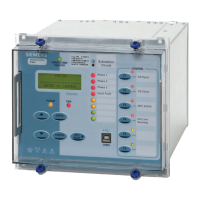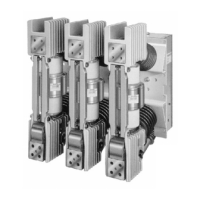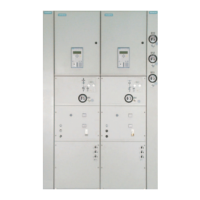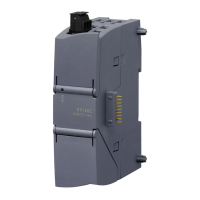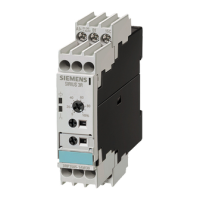6 Transesophageal Transducer
Instructions for Use 6 - 35
Preventing Injury and Equipment Damage
Following the preventive measures outlined below will help ensure patient safety.
Potential Harm to
Place both V5Ms flex controls in the neutral
alignment position, without the friction
brakes applied, when you insert or withdraw
it. Do not force the transducer.
Improper insertion or
withdrawal
Esophageal cuts, bruising, bleeding,
ligament damage, perforations
Place the V7M flex control in the neutral
alignment position, without the friction brake
applied, when you insert or withdraw it. Do
not force the transducer.
Improper insertion or
withdrawal
Esophageal cuts, bruising, bleeding,
ligament damage, perforations
Inspect the transesophageal transducer prior
to each use to ensure that it is functioning
properly and that it has no cuts, tears,
fraying, loose parts, or rough edges.
Mechanical damage,
electrical damage,
leakage current
Severe trauma, esophageal cuts,
bleeding, perforation, electrical burns,
serious electrical hazards
Use only isolated output electrosurgical units
with the transesophageal transducer.
Disconnect the transducer when it is not
Non-isolated electrosurgical
units
Electrical burns
Adjust the Transmit Voltage (dB or %) as
low as clinically useful. Observe the
on-screen temperature warning messages
and respond accordingly.
Improper transducer
temperature and/or acoustic
output
Esophageal burns
For maximum safety, disconnect the
transesophageal transducer from the system
prior to defibrillation rather than relying on
the transducer's built-in safeguards.
Defibrillation Electrical burns
Maintain a regimen of electrical safety
checks.
Electrical damage,
leakage current
Esophageal burns, electrical damage
Put the transducer in the neutral position,
without either friction brake applied, when
inserting or withdrawing it. Minimize
pressure applied to the articulating section
and distal tip. Do not let the distal tip
displace tissue for more than five minutes.
Pressure necrosis Permanent damage to esophageal lining
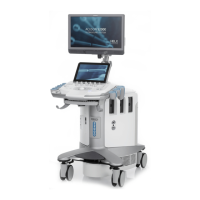
